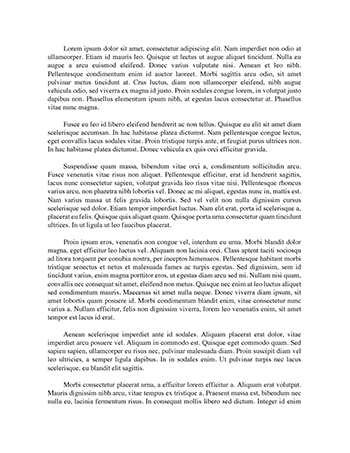1. Individuals who subscribe to monotheistic religions, such as Christianity, Islam, and Judaism, often perceive death as a transition to an afterlife realm where they will face divine judgment and potential eternal punishment or reward, shaping their end-of-life perspectives and practices.
2. Conversely, adherents of polytheistic religions, such as Hinduism and Buddhism, may view death as a cycle of rebirth and reincarnation, influencing their beliefs about the impermanence of life and the pursuit of spiritual enlightenment.
3. The concept of karma in Hinduism and Buddhism emphasizes the moral consequences of one's actions, leading to a belief in a cycle of rebirth until....


